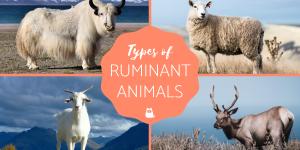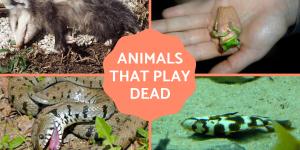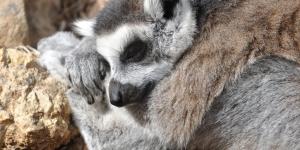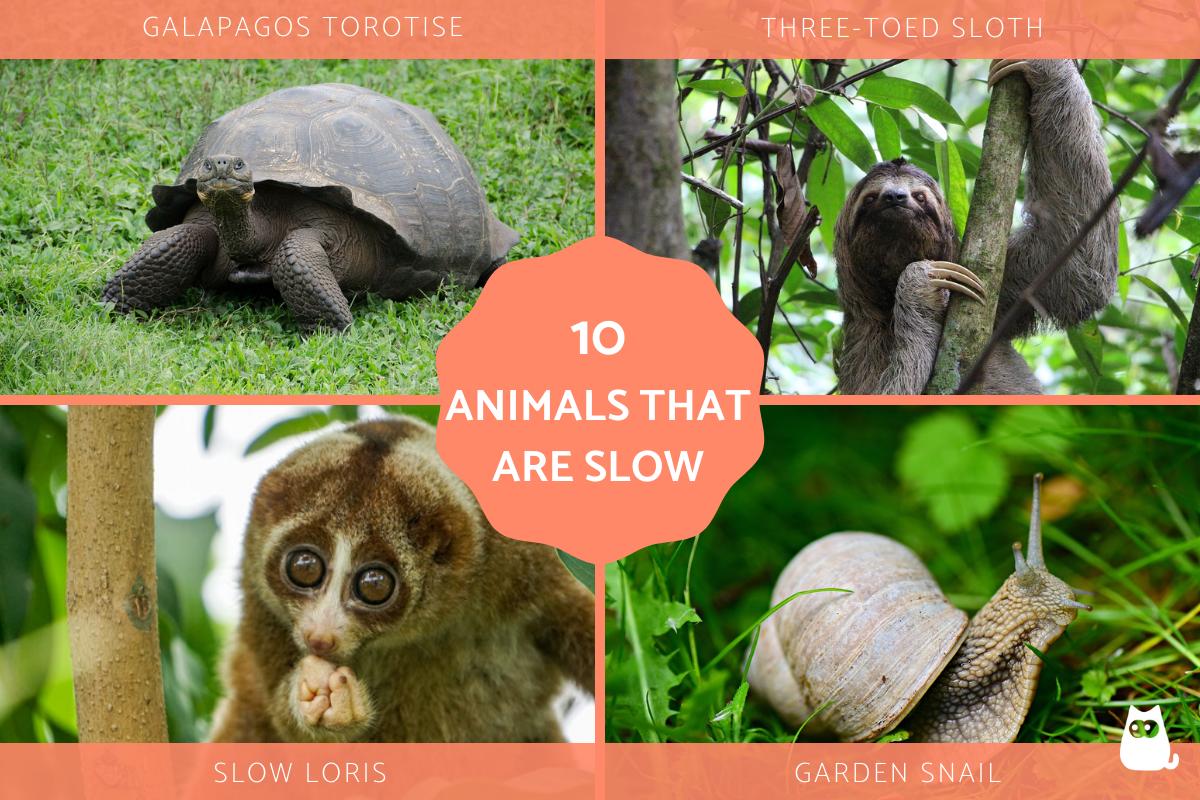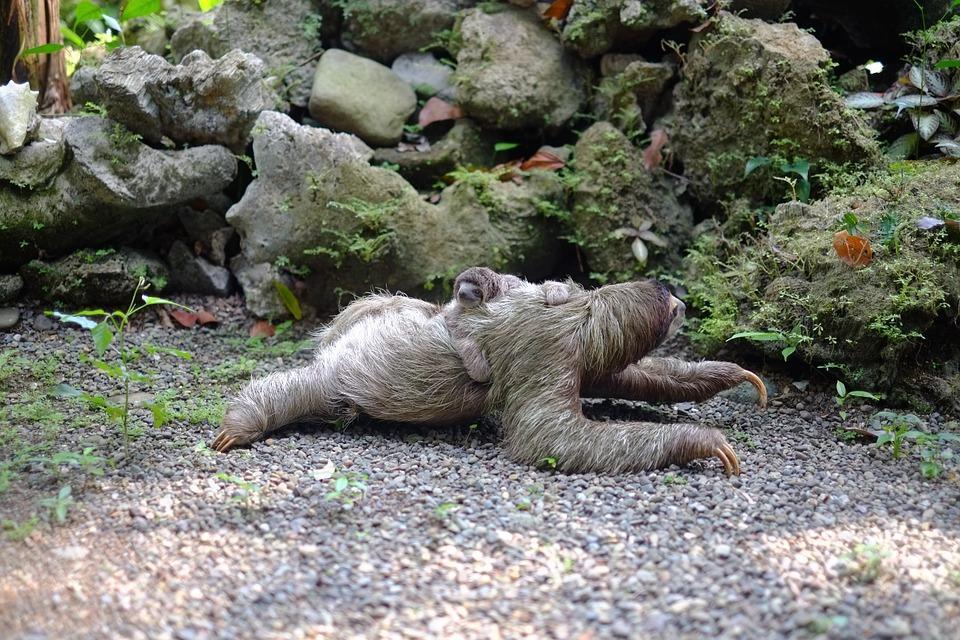Animals That Are Slow - Slowest Animals

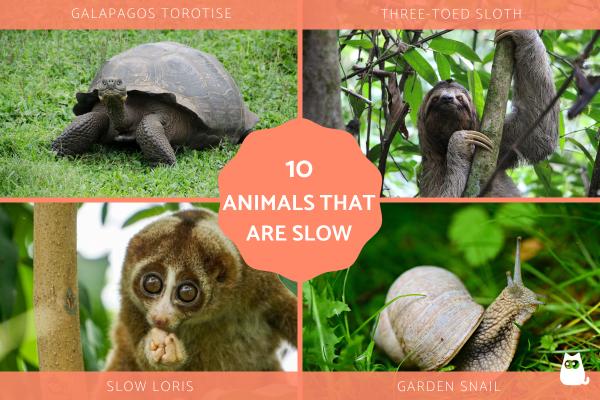
The slowest animals in the world are so sluggish because they don't always need to move fast. Whether this is because they don't have many predators or they have better ways of protecting themselves than fast movement, these animals spend most of their time either moving minutely or not moving at all. These slow examples range from all different types of animal, from mammals and reptiles to birds and mollusks.
At AnimalWised, we provide these top 10 animals that are slow. We provide descriptions and photos of the world's slowest animals so you can get to know them better yourself.
- Three-toed sloth
- Galapagos giant tortoise
- Koala
- Manatee
- Seahorse
- Starfish
- Garden snail
- Slow loris
- American woodcock
- Coral
Three-toed sloth
Three-toed sloths (genus Bradypus) take the first position as the slowest animal in the world. In fact, they make us feel lazy and chill just by looking at them. They are so slow that they are named after the so-called sixth deadly sin relating to laziness.
Sloths are short-sighted and have an underdeveloped sense of hearing and smell. However, they're not completely defenseless. Their rough brownish coat and their slow movements allow them to disguise themselves almost perfectly in the tree canopies of Central and South America. They are also surprisingly good swimmers.
There are four different three-toed sloth species, with two of them being seriously threatened. As depicted in the photo below, three-toed sloths move at a maximum speed of 2 m (6.5 ft) per minute on the ground and that's when they're being chased.
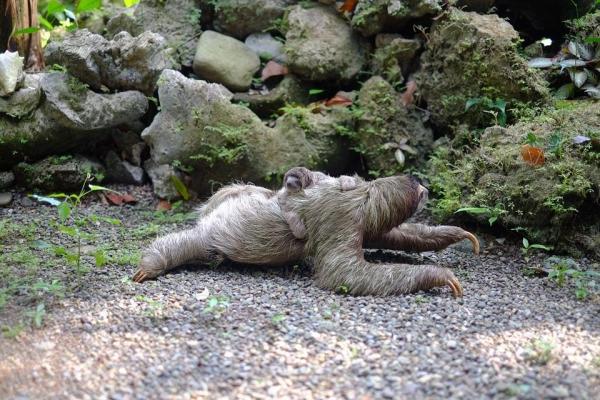
Galapagos giant tortoise
The Galapagos tortoise (Chelonidis nigra) is a global symbol of slowness, although it is not as slow as folk tales would have you believe. This species is the largest tortoise in the world, and it's also the slowest reptile.
It inhabits two regions quite far from each other, the Galapagos Islands in the Pacific Ocean and the Aldabra Atoll in the Indian Ocean. Sadly, Galapagos giant tortoises are an endangered species.
These tortoises are well known for being incredibly slow herbivores. Their metabolism is so calm that they can live a year without water or food, and lichen can grow on their shells. They grow slowly, which explains their extremely long lifespan. In fact, one specimen lived for at least 170 years. Galapagos giant tortoises move at a speed of 0.3 km per hour (0.2 mph).

Koala
Koalas (Phascolarctos cinereus) are nocturnal mammals. So they can take refuge from potential dangers for long periods, koalas live in the trees of Australian forest. They are considered specialized climbers. While many people believe that koalas are a kind of bears, that isn't true. Despite their appearance, koalas are marsupial animals, making them close to other Australian mammals such as the kangaroo or wallaby.
Koalas have a padded tail that allows them to sit and enjoy the scenery from the top. They are definitely one of the slowest animals in the world. Not only do they move at slow speeds, they spend around 20 hours of the day sleeping. They can be quite aggressive if they feel cornered, so it is best to leave them alone if you see them in the wild.
These cuddly tree-dwellers aren't sociable animals. In fact, koalas are among the 10 most solitary animals in the world. The photo below shows a mother with her young, of which they are very protective.
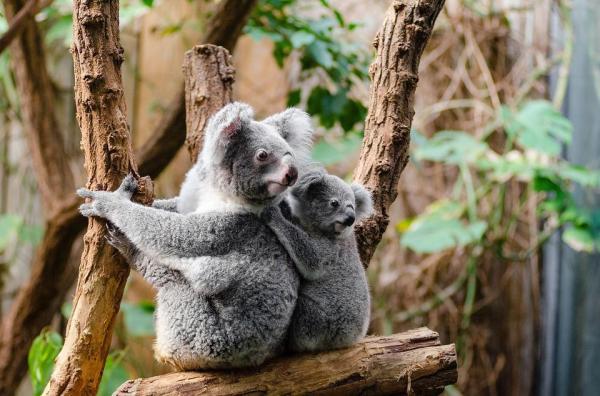
Manatee
Manatees (genus Trichechus) are sometimes known as sea cows. These marine mammals are known for being adorable and, yes, slow. In fact, it seems like they're not swimming, but simply floating and relaxing. They usually move at around 5 km per hour (3 mph), but they can spring to 30 km per hour (20 mph) on occasion.
They are gentle, types of herbivorous animals that enjoy living in the shaded and shallow waters of the Atlantic coasts in the Caribbean and the Gulf of Mexico. Manatees also live in rivers and marshes of the Amazon Basin and West Africa.
Manatees spend their days eating and resting. They have virtually no predators, which is why they are a prime example of animals that are slow, they don't have to run away from anyone. There are three manatee species and they are closely related to the dugong.
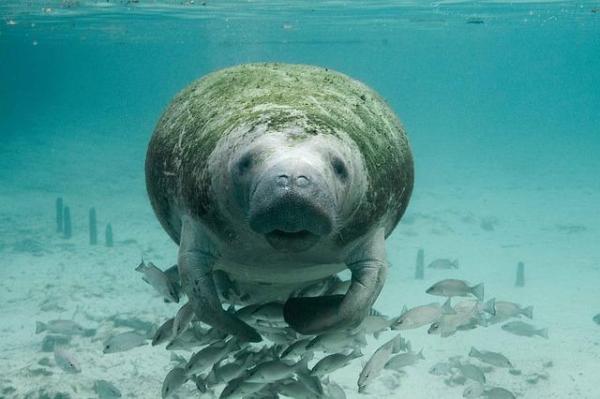
Seahorse
Seahorses (genus Hippocampus) are slow due to their complex body structure like armor that doesn't allow them to move around or reach high speeds. These small marine animals do not migrate. Seahorses can be find in shallow and sheltered waters of the Atlantic, the Pacific and even the Mediterranean Sea.
This can be seen as a motor impairment, as they can only swim vertically and let themselves be carried by the currents. Seahorses eat crustaceans and invertebrate animals, which makes them one of the few carnivores in this list. The slowest of all seahorses is the dwarf seahorse (Hippocampus zosterae), whose maximum speed of 1.5 m (5 ft) per hour makes it the slowest fish in the world.
You can also find the seahorse in our list of the 5 strangest courtship rituals in animals.
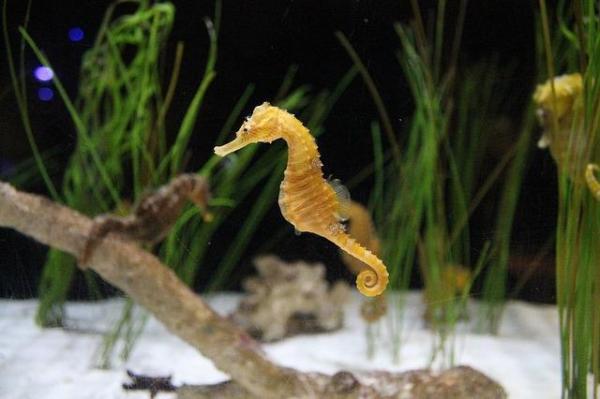
Starfish
Another of the marine animals that are slow, starfish (class Asteroidea) or sea stars are among the slowest of any animals in the world. They are invertebrate animals. There are about 1,500 different starfish species which are all very different from each other. They have a very wide range and can be found in almost all marine habitats, even in the lowest depths of the ocean.
While the sand star (Luidia foliolata) can reach speeds of almost 3 m (9.2 ft) per minute, most starfish move at 15 cm (6 in) per minute. Instead of travelling long distances, starfish let themselves be carried by the ocean currents. Most starfish are carnivores, and they can eat prey bigger than themselves.
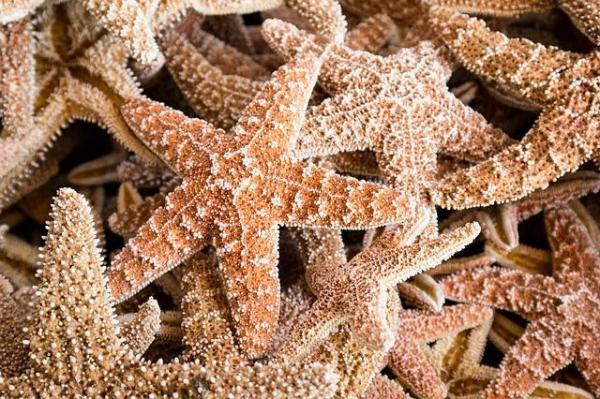
Garden snail
The garden snail (Cornu aspersum) is an extremely slow land snail known for its spiral shell. It is quite likely that if you see one in your garden it still won't have moved very far by the next day. Garden snails are endemic to the Mediterranean region, but nowadays they can be found all over the world.
Garden snails move at less than 50 m (165 ft) per hour at maximum speed, movement made by contracting their muscles. They don't like moving all that much in general. Instead, they hibernate for long periods, almost always in the same place. Garden snails can move in slopes and even upside down, just don't expect any speed from them.

Slow loris
Another of the animals that are slow which have this trait reflected in their name is the slow loris (Nycticebus). They are strange but adorable nocturnal primates native to Southeast Asia. Their strong hands are very similar to those of humans and they make very soft but graceful contortionist movements. This is thanks to their extremely powerful grip.
Out of the slowest animals in the world on this list, the slow loris is among the fastest. It can reach the impressive speed of 2 km (1.4 mi) per hour. Slow lorises are quite solitary and curious, and they survive by being completely silent when they move.
There are eight different slow loris species, all of them endangered. There are different threats to the slow loris, including the alarming destruction of their habitat and the fact that they're captured to be kept as pets. Despite their adorable appearance, they are actually types of venomous animals and the only venomous primate.
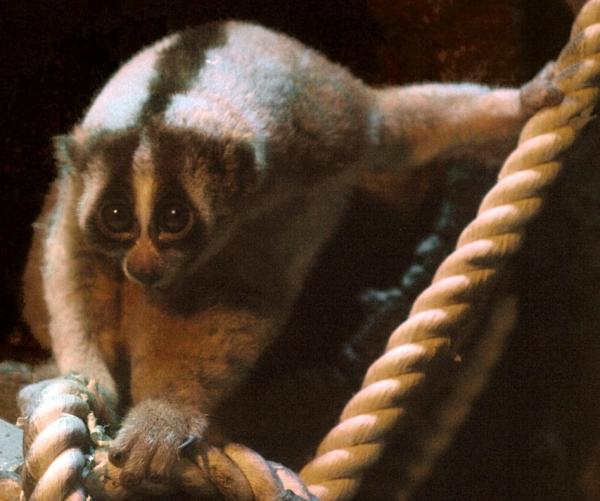
American woodcock
We don't think of birds as being types of slow animals, but the American woodcock or timberdoodle (Scolopax minor) is the slowest bird in the world. As its name points out, this bird inhabits the forests of eastern North America. It is known for its plump shape, like a ball, and its long beak that it uses to catch earthworms.
While American woodcocks can fly at normal speeds when they emigrate at low heights, reaching 45 km (28 mi) per hour, when males perform their courtship displays they fly at 8 km (5 mi) per hour, the slowest flight recorded in birds. That courtship flight is very special; the male flies up into the air and descends spiraling and singing.
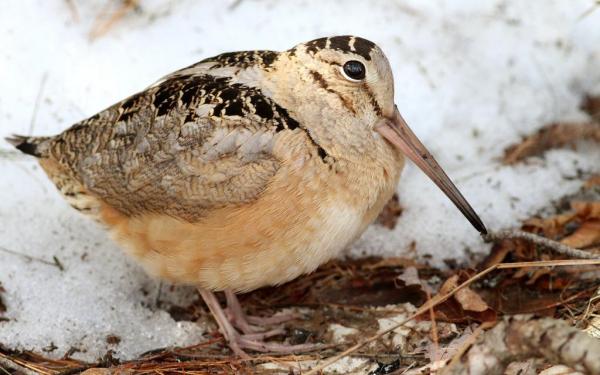
Coral
Just like starfish, coral (phylum Cnidaria) may look more like a plant than an animal, but they are indeed very slow invertebrate animals. They may even look like a piece of rock to some, but they are worthy of admiration for their undeniable beauty.
Corals are invertebrate animals that inhabit colonies made of polyps that secrete calcium carbonate and build the visible hard skeleton. These colonies build the famous tropical reefs that so many divers go visit. Coral must surely win the title of slowest animal in the world, as it remains motionless. They are so slow, they are considered sessile animals, i.e. they don't move.
Here you can learn more about the endangered animals in the Great Barrier Reef.
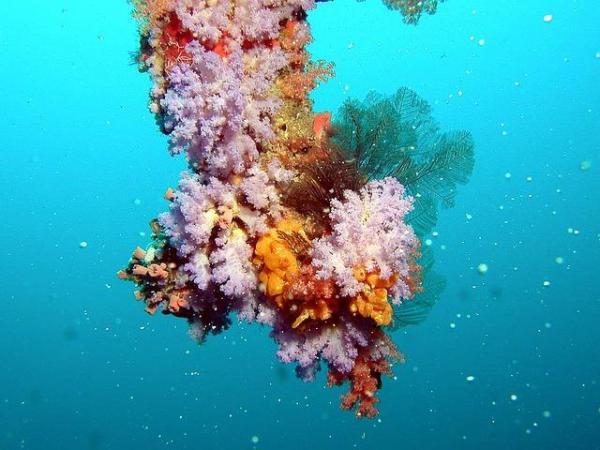
If you want to read similar articles to Animals That Are Slow - Slowest Animals, we recommend you visit our Facts about the animal kingdom category.

